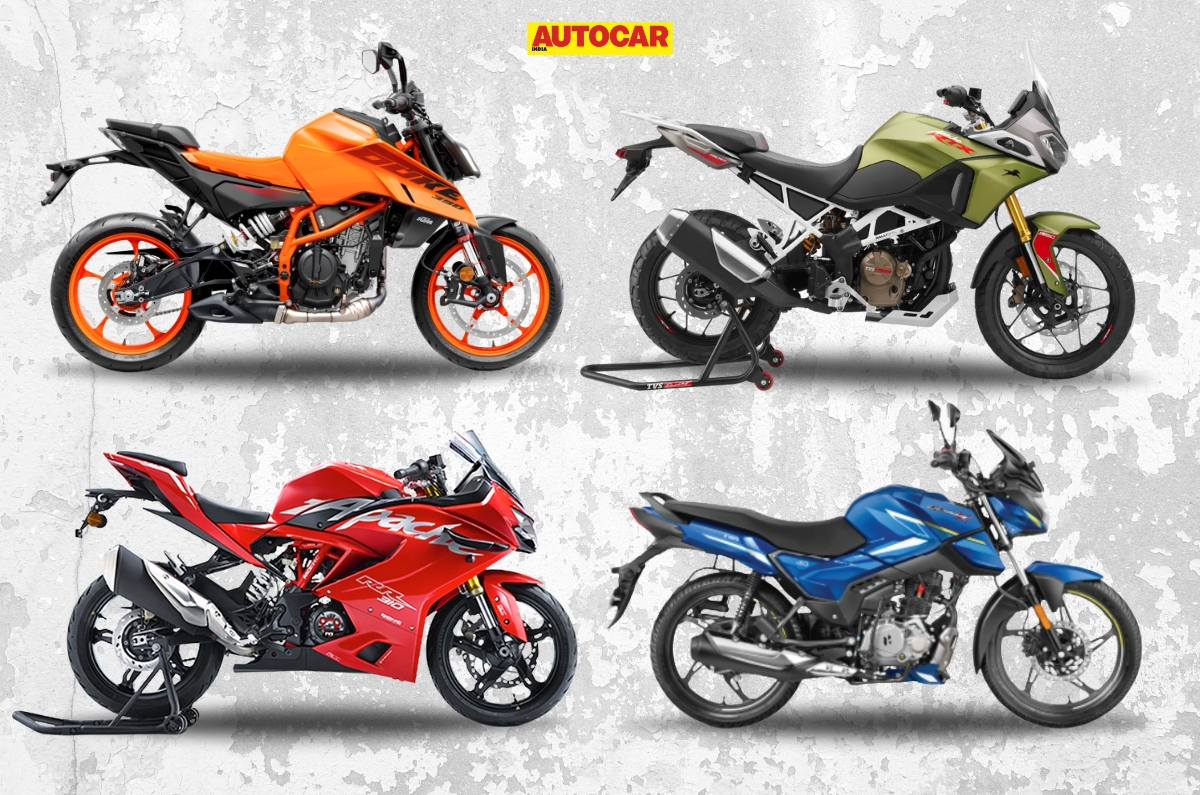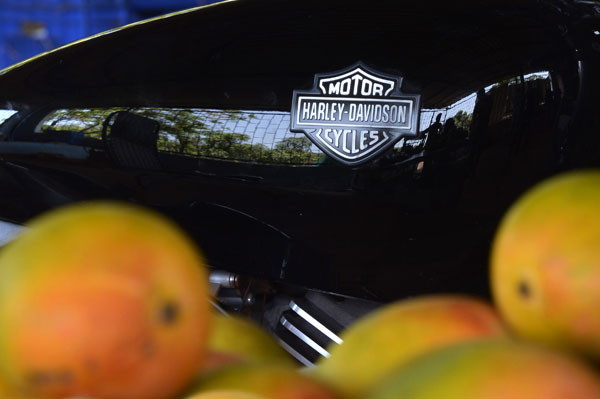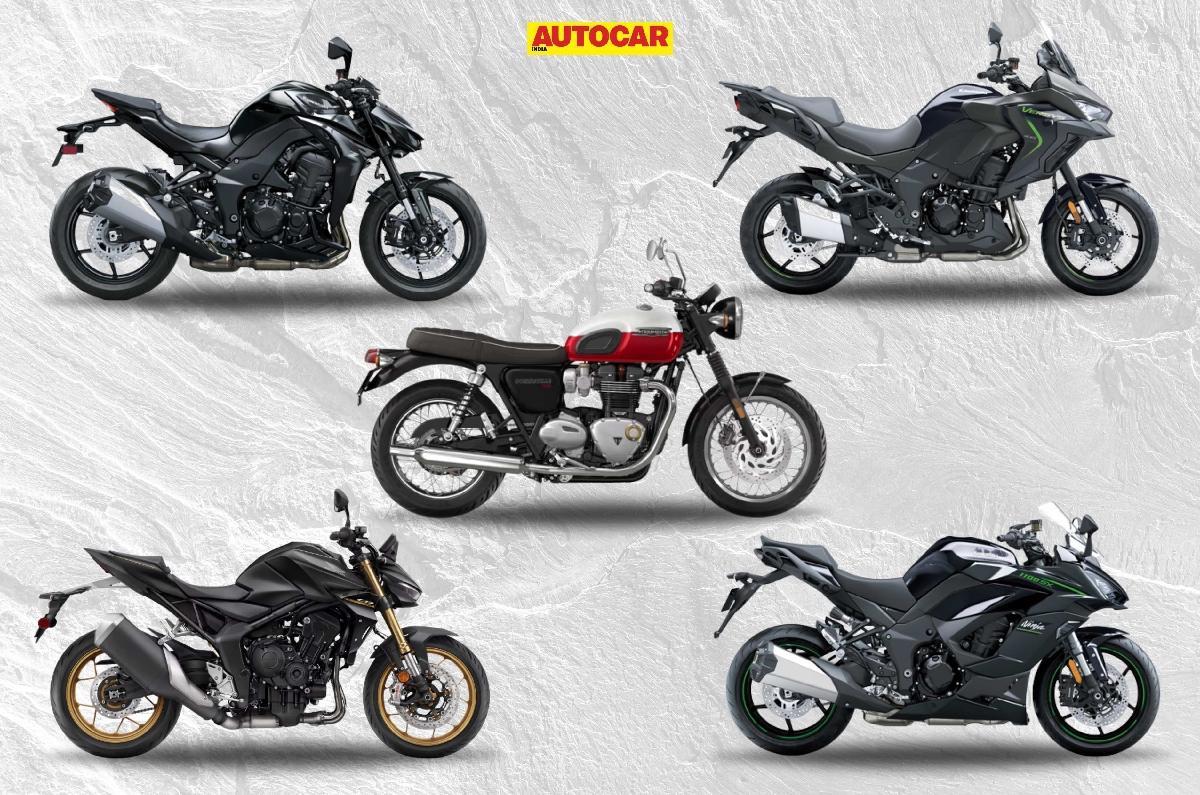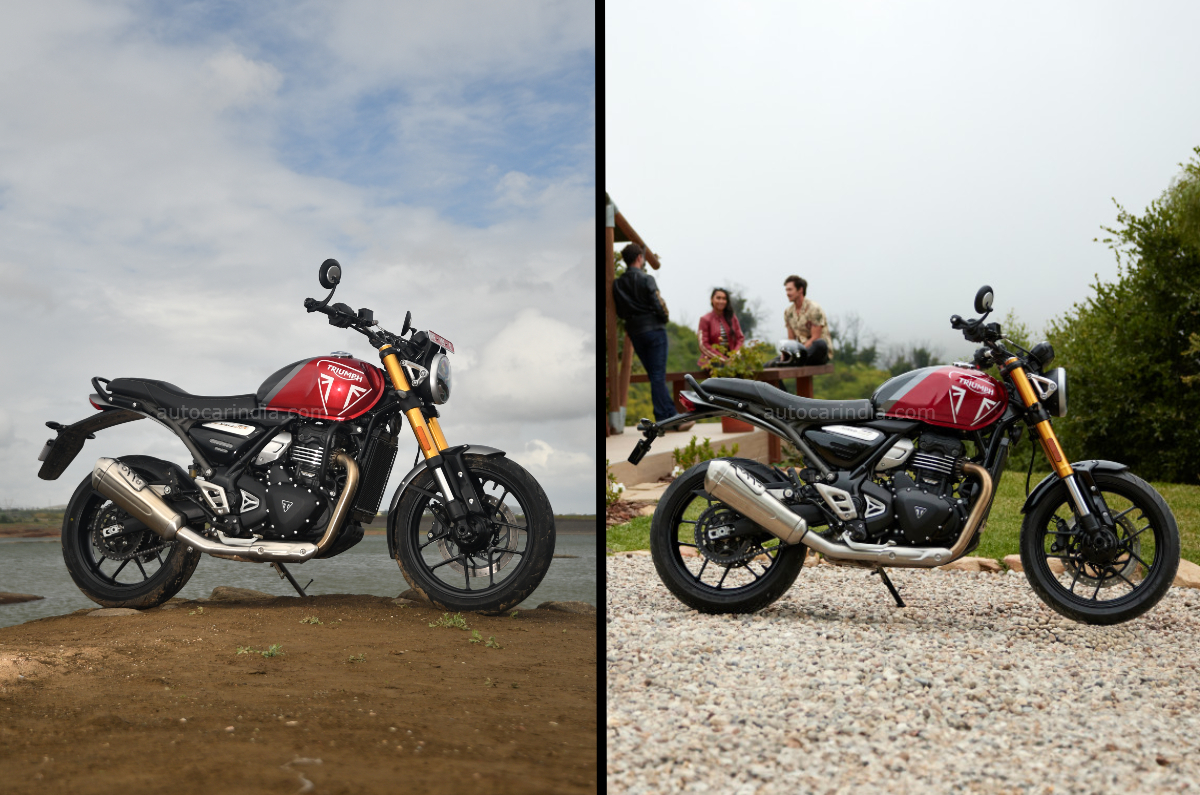The newly launched Triumph Speed 400 has immediately shown itself as a very capable and impressive motorcycle. First impressions were largely positive, and you can read about them in our first ride review. More recently, though, we’ve been able to spend an extended duration with the bike on public roads and put it through our routine testing cycles. As a result, we have been able to find the real world fuel efficiency of the new Speed 400.
Triumph Speed 400: real world fuel efficiency
First up was the highway test, where we ran the bike for a little under 51km in top gear at 80kph (the speed limit on the section of highway where we conduct our testing). At the end of it, the Speed needed 1.51 litres of fuel to be topped up again, which works out to a highway fuel efficiency of 33.57kpl.
Back in the confines of the city, we ran the Triumph for just under 46km through moderate traffic conditions. After this, it took 1.49 litres of fuel to bring the tank back to full, resulting in a city fuel economy of 30.67kpl.

Triumph Speed 400: fuel economy analysis
This being an all-new engine from Triumph, there were no concrete expectations going into the test. However, at the launch event for the bike, the company did claim a fuel efficiency figure of 70mpg (29.7kpl), and the Speed has proven to be in this ballpark, even slightly exceeding that figure. For reference, another near-400cc bike, the KTM 390 Duke, delivered 27.04kpl and 30.36kpl in the city and highway, respectively, under our testing procedure. So the Triumph manages to be a little more efficient than the KTM.
Autocar India’s fuel efficiency testing
Our fuel efficiency testing routine starts off by first brimming the tank and ensuring that the bike is running the manufacturer's recommended tyre pressures. The bike is then ridden on fixed city and highway routes, where we maintain pre-decided average speeds that best mimic real-world scenarios. The payload on the bikes is kept constant by balancing rider weights and ballast, ensuring consistency across different vehicles and riders. At the end of the test cycle, the fuel tank is once again filled to the brim, giving us an accurate figure of how much fuel has been consumed, against the trip meter reading.










































